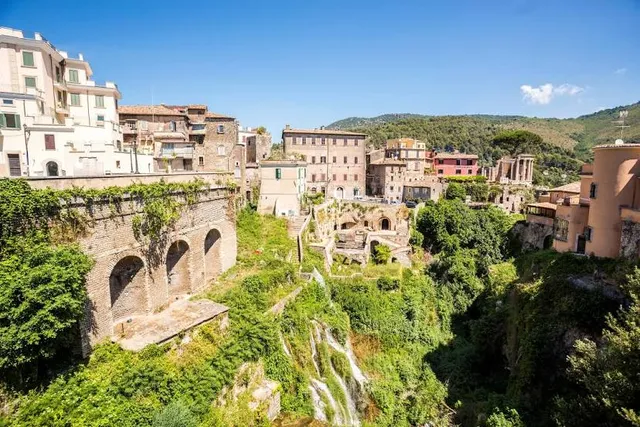Villa Gregoriana things to do, attractions, restaurants, events info and trip planning
Basic Info
Villa Gregoriana
Largo Sant'Angelo, 1, 00019 Tivoli RM, Italy
4.7(3.8K)
Open 24 hours
Save
spot
spot
Ratings & Description
Info
Villa Gregoriana is a park in Tivoli, Italy, located at the foot of the city's ancient acropolis. It consists mainly of thick woodland with paths that lead to the small circular Roman Temple of Vesta, the caves of Neptune and the Sirens, which form part of a series of gorges and cascades, and to the Great Waterfall.
Outdoor
Relaxation
Family friendly
attractions: Gregorian Bridge, Temple of the Sybil, Grande Cascata di Tivoli, Villa d'Este, Tivoli Cathedral, Fontana dell'Ovato (o di Tivoli), Fontana dell'Organo, Viale delle Cento Fontane, Chiesa di San Pietro alla Carità, La Corniceria Galleria 90, restaurants: Il Ciocco, Ristorante Alfredo alla scaletta, Prodip, Ristorante Sibilla, Il Cavallino Rosso, Ristoro del Colle, La Fornarina, L'Ape 50, Bottega del Grano, Da Ugo Pizzelle, Piadine e fritti
 Learn more insights from Wanderboat AI.
Learn more insights from Wanderboat AI.Phone
+39 0774 332650
Website
fondoambiente.it
Plan your stay

Pet-friendly Hotels in Tivoli
Find a cozy hotel nearby and make it a full experience.

Affordable Hotels in Tivoli
Find a cozy hotel nearby and make it a full experience.

The Coolest Hotels You Haven't Heard Of (Yet)
Find a cozy hotel nearby and make it a full experience.

Trending Stays Worth the Hype in Tivoli
Find a cozy hotel nearby and make it a full experience.
Reviews
Nearby attractions of Villa Gregoriana
Gregorian Bridge
Temple of the Sybil
Grande Cascata di Tivoli
Villa d'Este
Tivoli Cathedral
Fontana dell'Ovato (o di Tivoli)
Fontana dell'Organo
Viale delle Cento Fontane
Chiesa di San Pietro alla Carità
La Corniceria Galleria 90
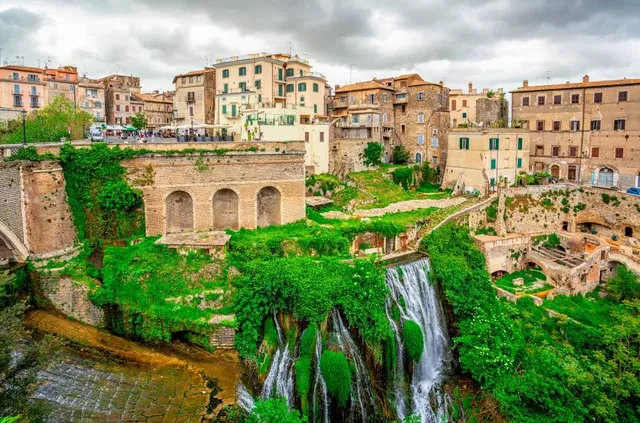
Gregorian Bridge
4.7
(207)
Open 24 hours
Click for details
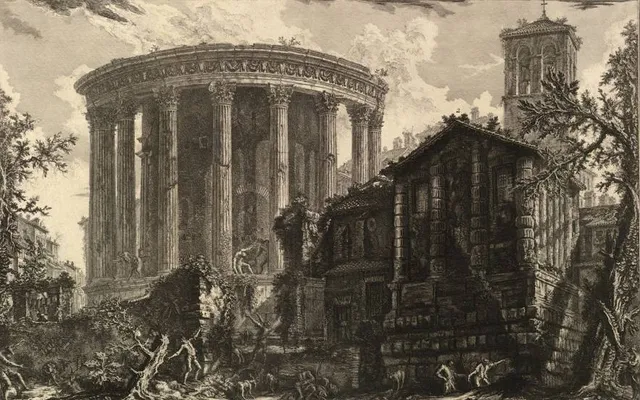
Temple of the Sybil
4.6
(213)
Open 24 hours
Click for details

Grande Cascata di Tivoli
4.7
(308)
Open 24 hours
Click for details
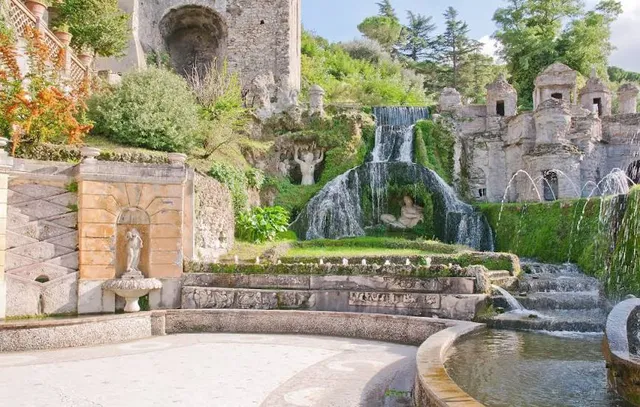
Villa d'Este
4.7
(12.8K)
Open 24 hours
Click for details
Things to do nearby
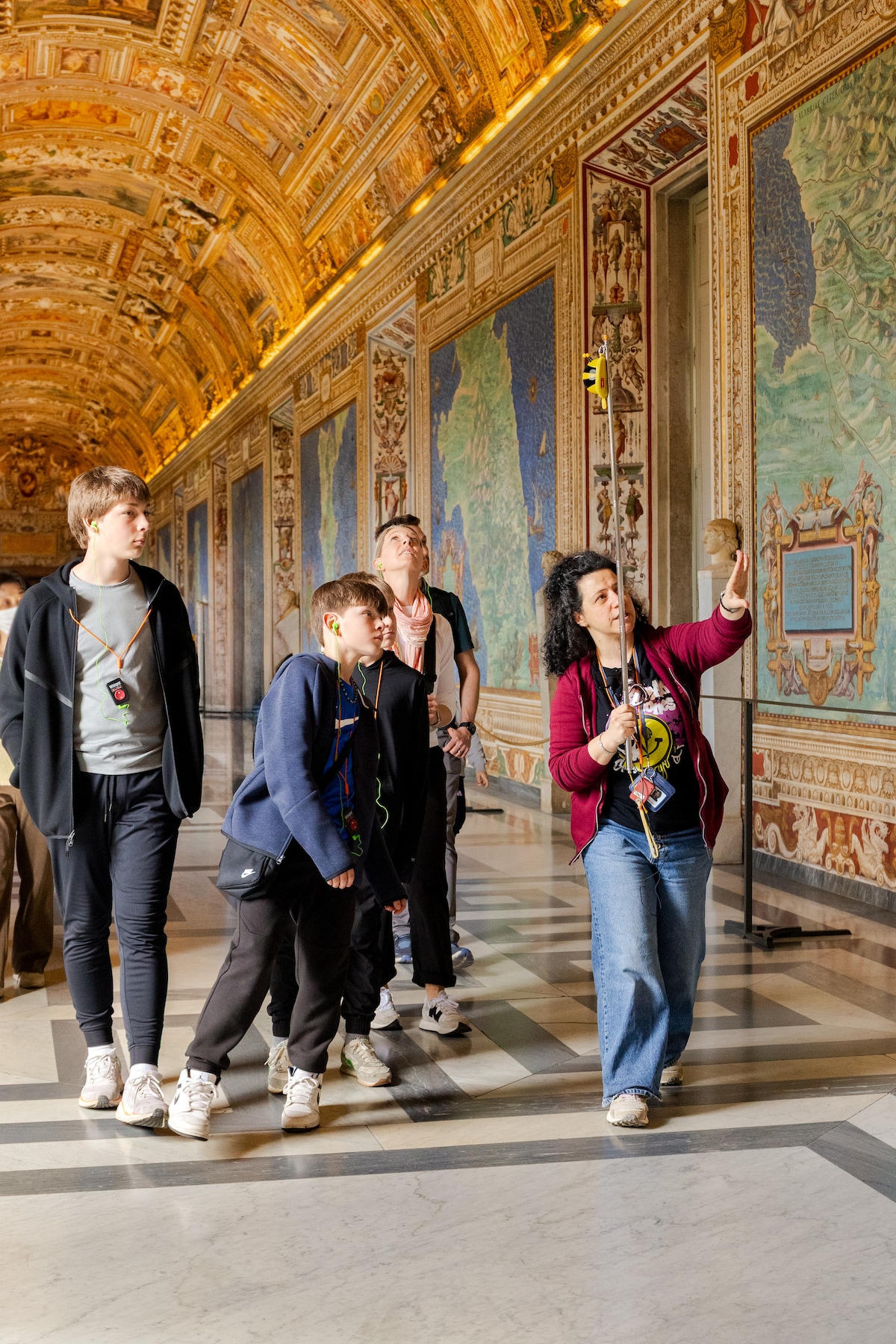
See behind-the-scenes at the Vatican
Mon, Dec 29 • 9:30 AM
00192, Rome, Lazio, Italy
View details

BARBERINI PALACE - NEW YEARS EVE 2026
Wed, Dec 31 • 11:00 PM
118 Via del Tritone, 00187 Roma
View details
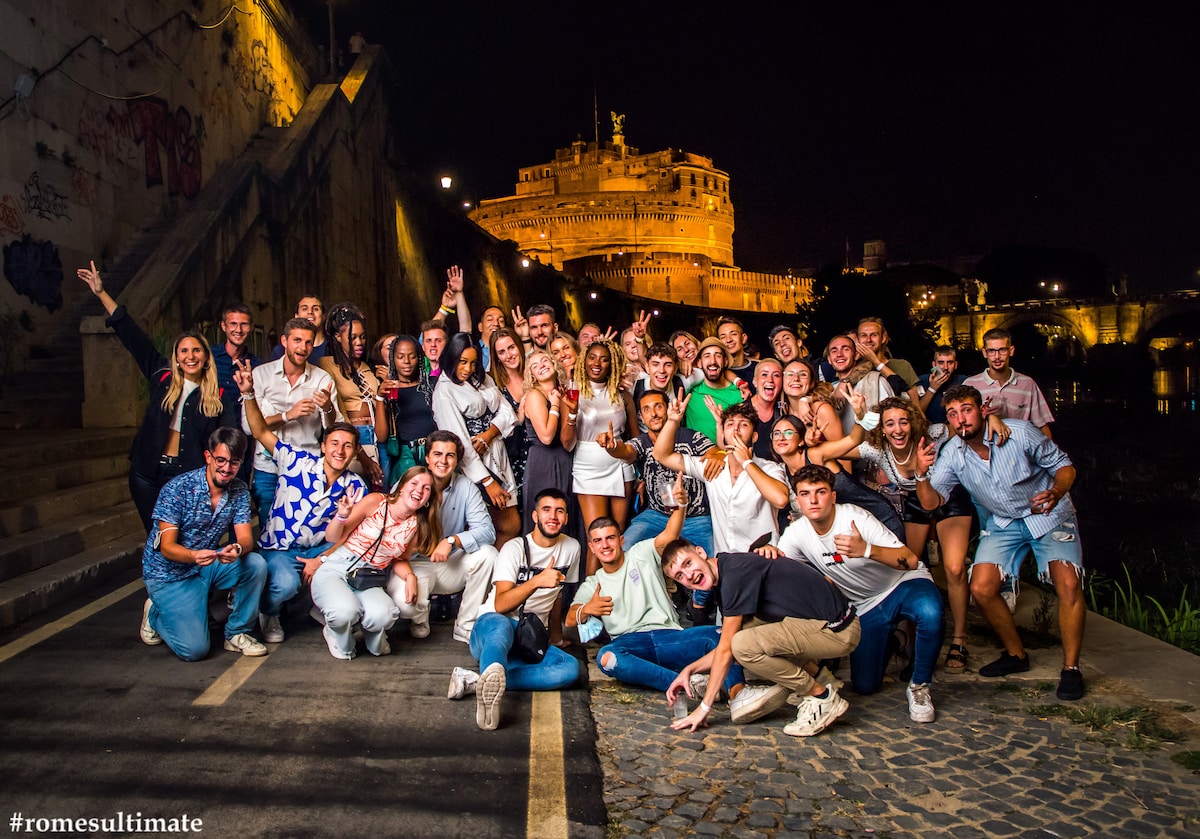
Bar Crawling in Rome
Fri, Dec 26 • 9:30 PM
00184, Rome, Lazio, Italy
View details
Nearby restaurants of Villa Gregoriana
Il Ciocco
Ristorante Alfredo alla scaletta
Prodip
Ristorante Sibilla
Il Cavallino Rosso
Ristoro del Colle
La Fornarina
L'Ape 50
Bottega del Grano
Da Ugo Pizzelle, Piadine e fritti
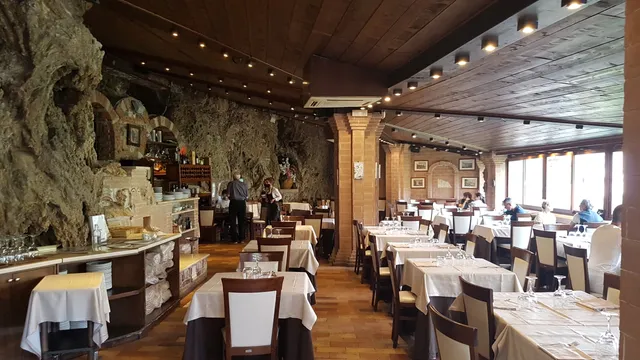
Il Ciocco
4.3
(853)
Click for details
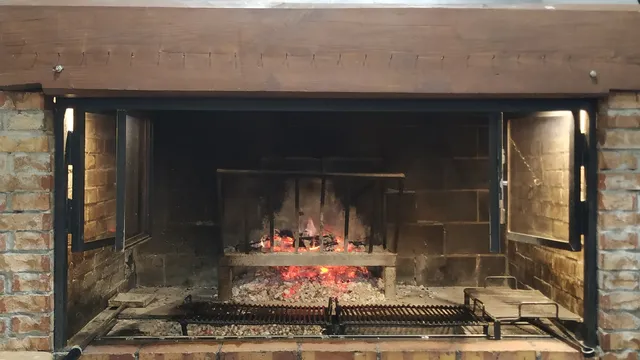
Ristorante Alfredo alla scaletta
4.4
(816)
Click for details
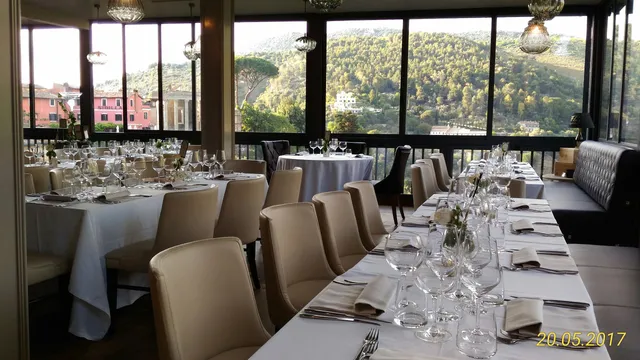
Prodip
4.4
(269)
Open until 12:00 AM
Click for details
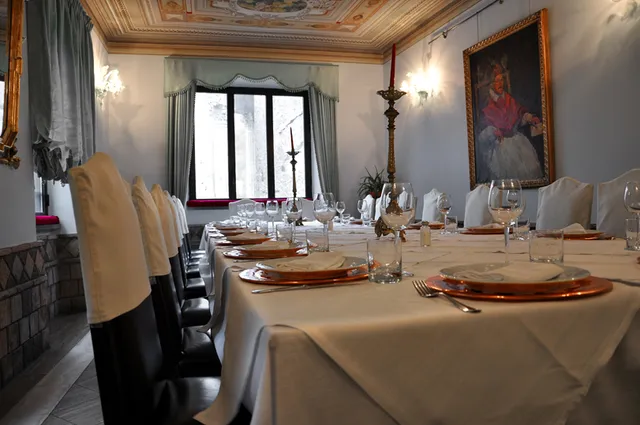
Ristorante Sibilla
4.7
(977)
$$$
Click for details
